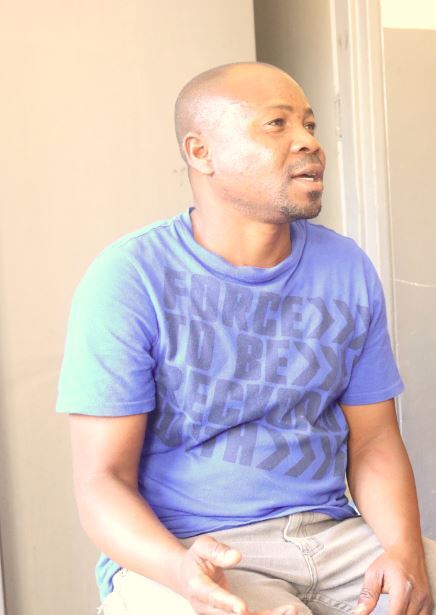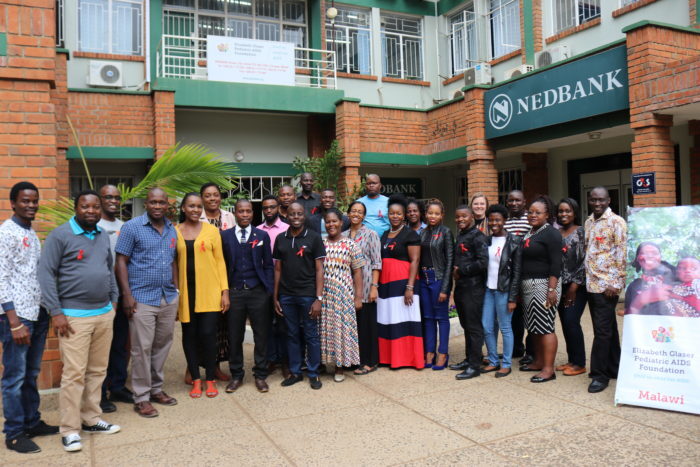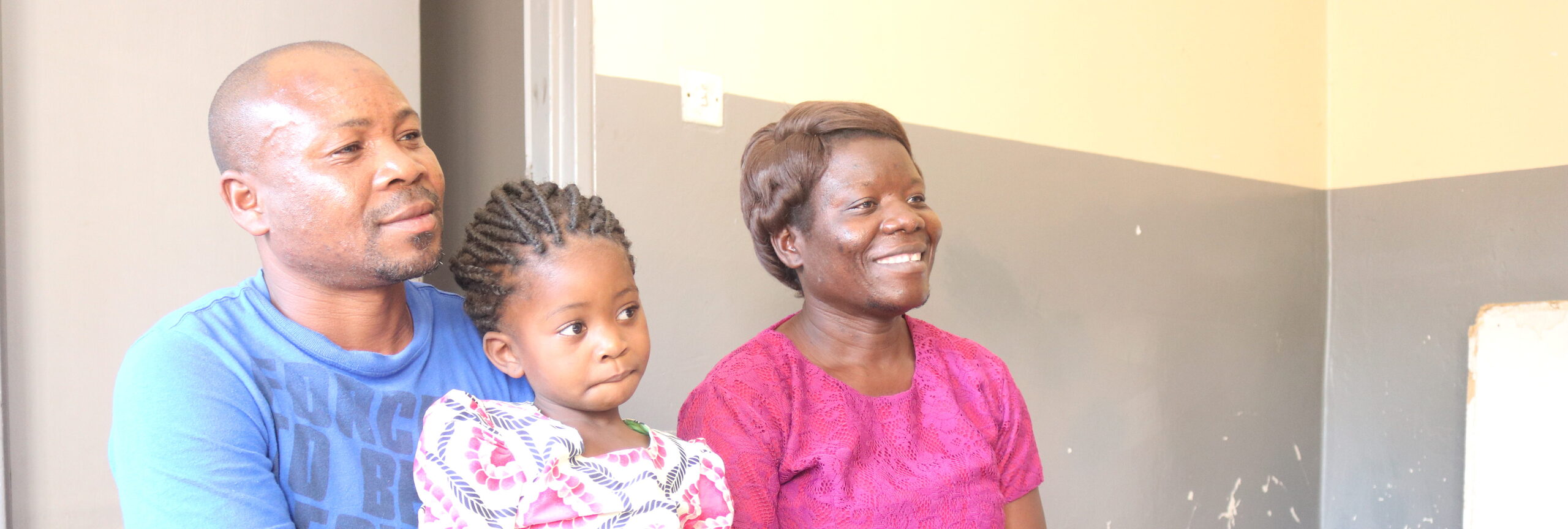“Though most challenging, getting tested for HIV was the best decision I made for myself and my family,” says Chimwemwe Bandawe, who tested HIV-positive seven months ago. Chimwemwe went to Chilomoni Health Center, a health facility close to his home, to be tested for HIV after his wife persuaded him to meet a health care provider at the facility.

“I remember my wife crying. She did not tell me about her status yet. She just gave me a letter which said I was wanted at the hospital. I never liked hospitals but I still went thinking something was wrong with the pregnancy. She even mentioned it was a matter of life and death,” he explains, looking cheerfully at his expectant wife.
Chimwemwe’s wife, Maurine, tested HIV-positive a day before him when she went to the facility for antenatal care. Upon hearing her results, Maurine’s first reaction was to worry about her unborn baby. She then wondered how she would tell Chimwemwe the news.
Chimwemwe, had hardly sought health care services before.
“Men do not usually seek health care, let alone HIV and AIDS services. They also hardly accompany their wives for antenatal visits where health care workers provide health education before the women access the services. That is why only a few men are reached with HIV and AIDS care,” explains Nickson Manong’a, an HIV Diagnostic Assistant (HDA) at Chilomoni Health Center.
Men are less likely than women to seek out health care services, take an HIV test, and initiate and adhere to HIV treatment. UNAIDS, 2017
According to the 2017 UNAIDS report, globally, men are less likely than women to seek out health care services, take an HIV test, and initiate and adhere to HIV treatment, the report also states that less than half of men living with HIV are on treatment, compared to 60% of women.
Reasons for low male uptake of services include men’s employment opportunities which often required them to be away from home, seeking medical care is often viewed as an activity for women and children, and men see clinics as women’s spaces and perceptions of how HIV status affect their sexual activity. Despite these barriers, the success of antiretroviral therapy is giving more men the courage to get tested.
Although challenging, reaching more men with HIV/AIDS services is achievable and required to end the HIV epidemic. Index testing is one such strategy to support identifying men who are at risk of HIV and to break the chain of HIV transmission. The Elizabeth Glaser Pediatric AIDS Foundation (EGPAF) is working together with Malawi AIDS Counseling And Resource Organization (Macro) in supporting the Ministry of Health with provision of index testing, among other HIV testing, care and treatment services in Malawi.
“The idea behind index testing is to focus on offering HIV testing to everyone exposed to HIV by the index case or client who is a person diagnosed as HIV-positive. The process is consensual, confidential, and includes intensive counseling,” explains EGPAF Zonal Team Lead, Irvine Mchacha.
After getting tested for HIV, counselors or HDAs ask the index client to list all of their sexual partners and children provides family referral slips to the index client so that he/she can invite their families to be tested. The family referral slip serves as an invitation for them to go to the facility to get an HIV test.
I thank my wife and the health providers for the role they played so that I could get tested.
“I thank my wife and the health providers for the role they played so that I could get tested. I used to frequently get sick and knew my health was deteriorating but I still could not have come here on my own just for an HIV test,” says Chimwemwe, who has had his whole family, including their daughter, tested for HIV. For Chimwemwe and his wife, knowing their HIV status has not only ensured that they prevent HIV transmission to their unborn baby, but it has also given them a chance to live long and healthy lives together.
With funding from the U.S. President’s Emergency Plan for AIDS Relief (PEPFAR), and through the U.S. Centers for Disease Control and Prevention (CDC), EGPAF is supporting the Malawi Ministry of Health in implementing index testing as part of a comprehensive package of testing, care and treatment services for HIV in 179 health facilities across the country.
Globally today three in four people living with HIV know their status. A key pathway to end this epidemic is to reach people living with HIV who do not know their status and ensuring that they are linked to quality care and prevention services. On this 30th World AIDS Day in 2018, we invite you to know your HIV status and take charge of your life.
The hope is that as more women like Maurine, refer their partners and children to the facility to get an HIV test, more men and children will be reached with HIV testing, and as a result, Malawi will come closer to achieving its goal of an AIDS-free generation.

A key pathway to end this epidemic is to reach people living with HIV who do not know their status and ensuring that they are linked to quality care and prevention services.








